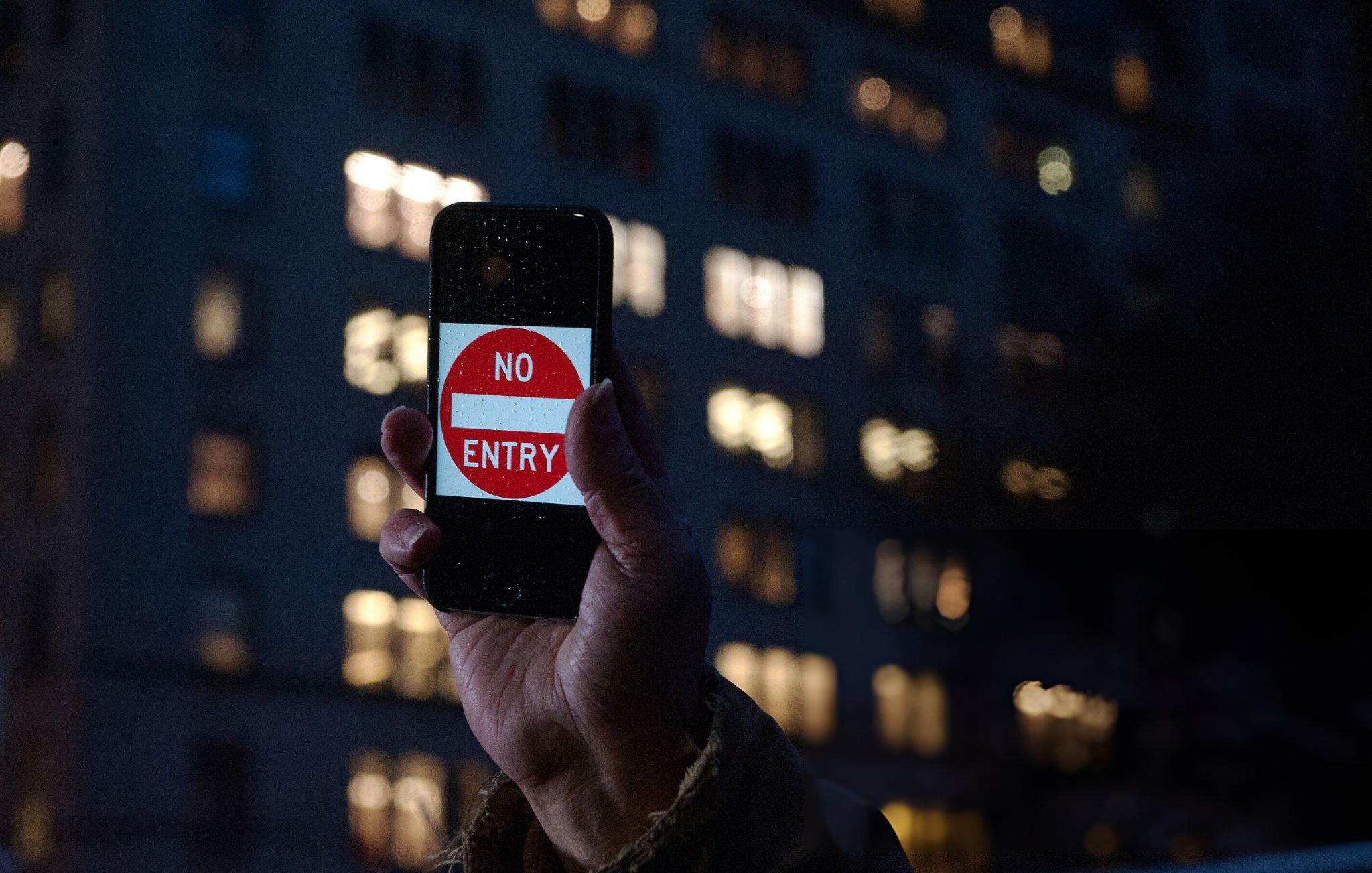Over the years, the use of smartphones in schools has been banned by an increasing number of states in the U.S. and school districts following increased concerns about the impact these devices are having on the mental health and performance of students. The reason for the restriction on smartphone use in the educational environment is mostly associated with a couple of reasons, which include the reduction of attention distraction, cyberbullying, and other challenges related to excessive exposure to screen time.
Many experts have warned about the potential negative effects of smartphones on the mental health of children. There is evidence that excessive smartphone use correlates with anxiety, depression, and sleep deprivation. Through constant connectivity, continuous exposure to social media can enhance feelings of inadequacy, isolation, and stress in young people. Keeping such concerns in mind, many educators and policymakers want to lessen the use of smartphones to avoid these risks.
Reducing possible classroom distractions is one of the reasons behind such a ban. Smartphones might move the attention of students away from their books and make them lag behind in school. The desire to log into social networks, play games, or send messages during classes will disrupt the learning process. A more concentrated and efficient studying environment is what schools would provide by prohibiting smartphones, an environment in which students would have the opportunity to listen and participate more productively in their lessons with teachers.
Another concern that has become quite relevant is the influence of smartphones on social interaction and mental health. This reason is given because digital communication provides anonymity and immediacy; hence, cases of cyberbullying may increase. Smartphones give access to social media, where negative interactions and bullying may happen. In addition, the ban on phones in schools will reduce the opportunity for such behavior and provide a much safer, more supportive environment.
Moreover, the screen time associated with smartphone usage has been of concern as far as physical health and cognitive development are concerned. Spending too much time on screens leads to disorders such as eye strain, poor posture, and being sedentary. The restriction of access to smartphones during school hours is one way that educators have devised to ensure that their students are more face-to-face interactive and physically active for health reasons.
However, the actual effectiveness of smartphone bans remains open to question. Critics indicate that such steps cannot fix all the issues caused by the use of smartphones and can also yield a number of unexpected outcomes. For instance, complete bans are not going to eliminate the use of smartphones at all since students can make use of the devices after school hours or even inside the school premises despite the ban.
The fear, however, is that it might also limit the benefits associated with banning smartphones. Smartphones could actually help in education if there were access to information, educational apps, and other digital resources to improve learning. In simpler words, there exists a thin line between the pros and cons of using a smartphone in the context of education.
Some educators recommend a finer line of approach: teaching responsible smartphone use rather than enforcing outright bans. Programs for digital citizenship and education can help users learn how to navigate the complexities of smartphone use while avoiding as many of the negative impacts as possible. Other areas that schools could explore include how to integrate smartphones into the learning environment in a controlled and purposeful way, allowing the benefits of the technology to be harnessed while minimizing the risks.
Summary: The major concerns that have prompted many schools to ban the use of smartphones include mental health, distractions, and the effects linked with excess screen time. This is an initiative for a more focused learning environment with support, though whether it will alleviate basic problems in smartphone use remains debatable. Only an education-based, balanced approach with responsible use of technology can explore the possible benefits arising from smartphones as a more complete solution to the issues with digital devices in education.







